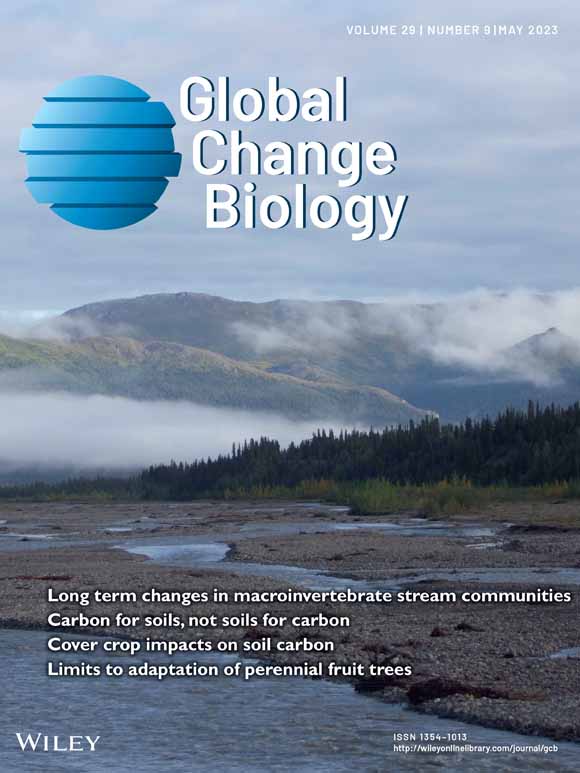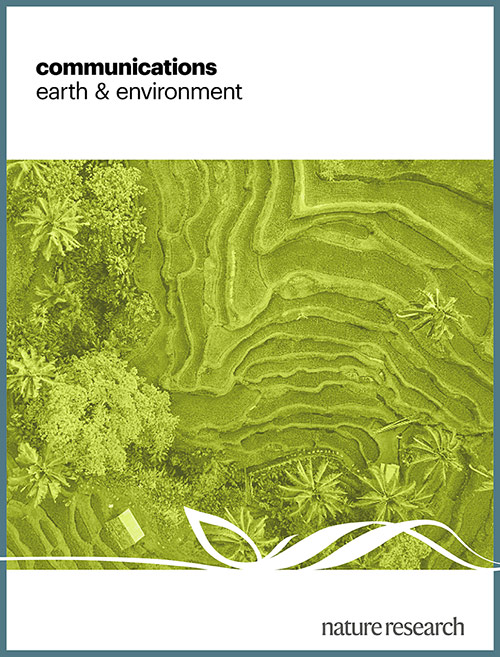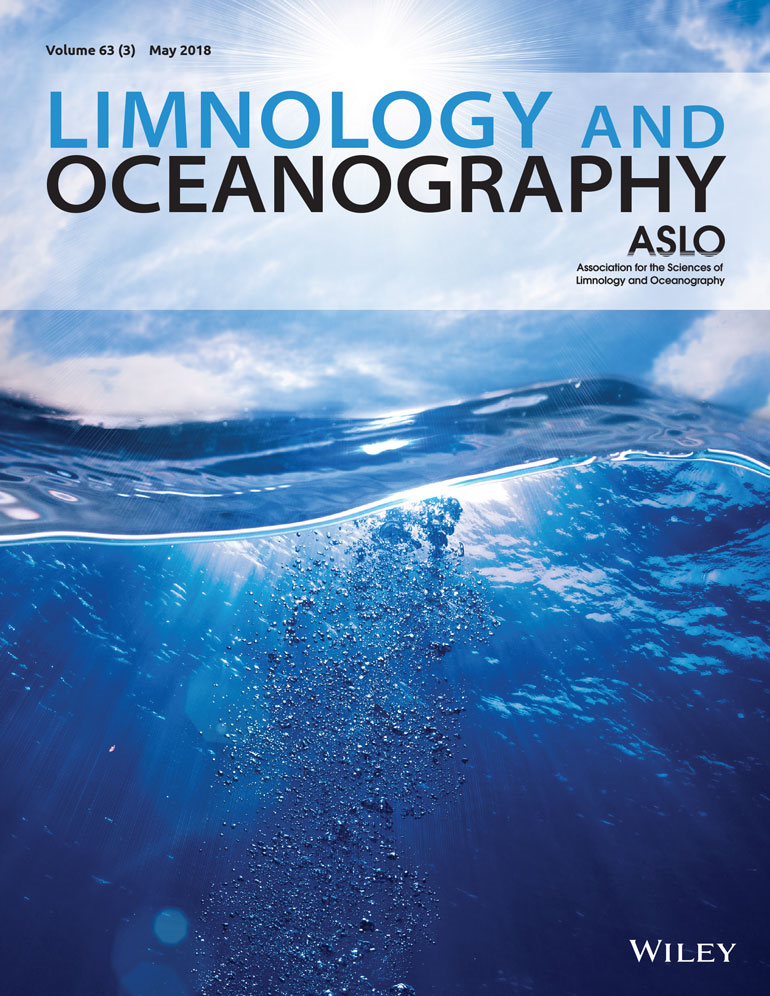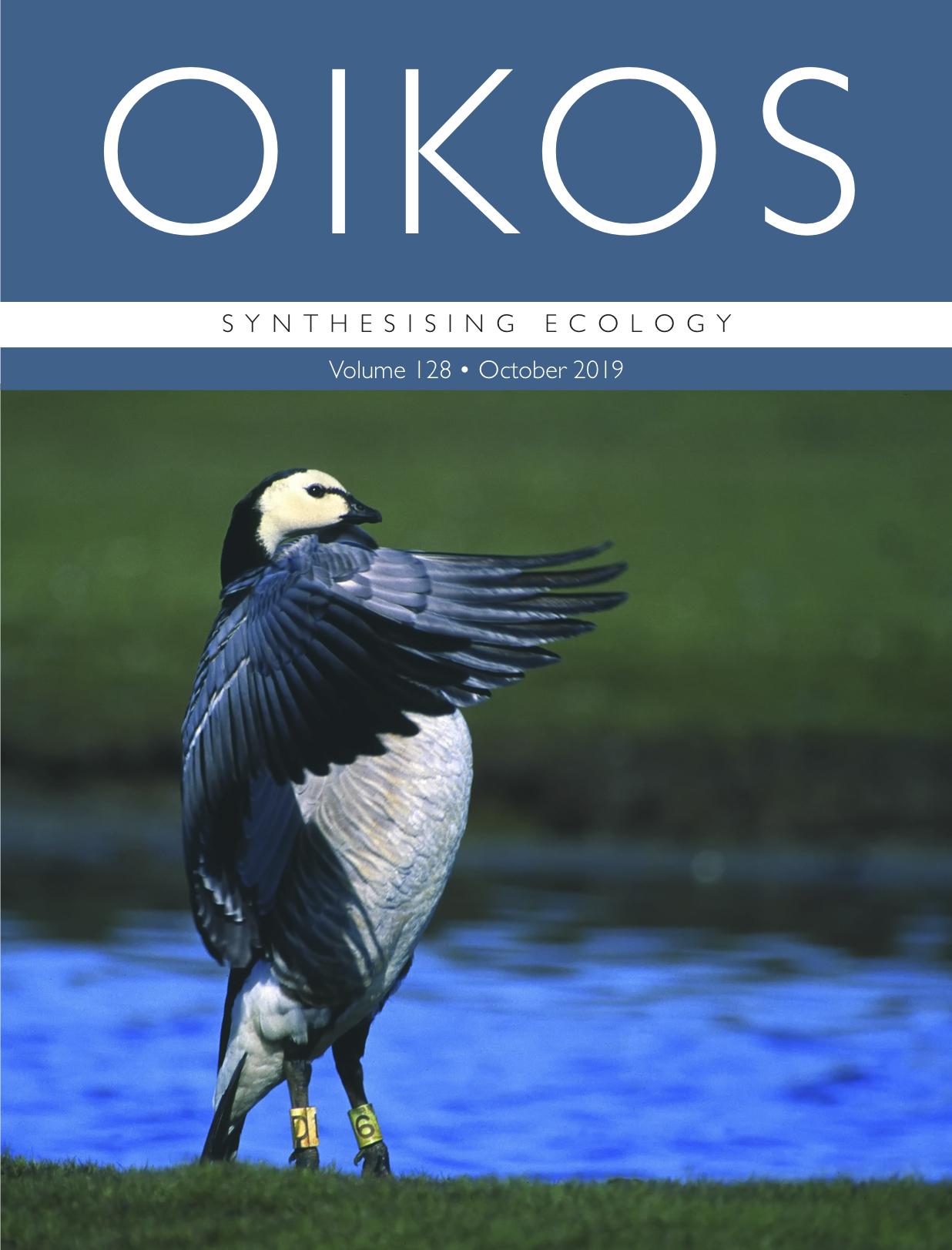Please find all scientific publications of IGB under > scientific publications
For more detailed information please refer to our > library catalogue
111 - 120 of 739 items
April 2025
Communications Earth & Environment. - 6(2025), Art. 299
Mangroves support an estimated annual abundance of over 700 billion juvenile fish and invertebrates
Philine S. E. zu Ermgassen; Thomas A. Worthington; Jonathan R. Gair; Emma E. Garnett; Nibedita Mukherjee; Kate Longley-Wood; Ivan Nagelkerken; Kátya Abrantes; Octavio Aburto-Oropeza; Alejandro Acosta; Ana Rosa da Rocha Araujo; Ronald Baker; Adam Barnett; Christine M. Beitl; Rayna Benzeev; Justin Brookes; Gustavo A. Castellanos-Galindo; Ving Ching Chong; Rod M. Connolly; Marília Cunha-Lignon; Farid Dahdouh-Guebas; Karen Diele; Patrick G. Dwyer; Daniel A. Friess; Thomas Grove; M. Enamul Hoq; Chantal Huijbers; Neil Hutchinson; Andrew F. Johnson; Ross Johnson; Jon Knight; Uwe Krumme; Baraka Kuguru; Shing Yip Lee; Aaron Savio Lobo; Blandina R. Lugendo; Jan-Olaf Meynecke; Cosmas Nzaka Munga; Andrew D. Olds; Cara L. Parrett; Borja G. Reguero; Patrik Rönnbäck; Anna Safryghin; Marcus Sheaves; Matthew D. Taylor; Jocemar Tomasino Mendonça; Nathan J. Waltham; Matthias Wolff; Mark D. Spalding
April 2025
Limnology and Oceanography. - XX(2025)XX, XX-XX
Trophic strategies of freshwater nanoflagellates under variable run-off scenarios
Katerina Symiakaki; Stella A. Berger; Gabriela Agreda-Lopez; Bence Buttyan; Bence Gergacz; Silke Langenheder; Jens C. Nejstgaard
April 2025
Frontiers in Environmental Science. - 13(2025), Art. 1559941
Per- and polyfluoroalkyl substances (PFAS) in the cryosphere – occurrence, organismic accumulation, ecotoxicological impacts, transformation, and management strategies
Ashani Arulananthan; Oddur Þór Vilhelmsson; Ulf Karsten; Hans-Peter Grossart; Auður Sigurbjörnsdóttir; Óttar Rolfsson; Hanna Joerss; Bettina Scholz

April 2025
Global Change Biology. - 31(2025)4, Art. e70171
Positive Feedback on Climate Warming by Stream Microbial Decomposers Indicated by a Global Space-For-Time Substitution Study
Javier Pérez; Luz Boyero; Richard G. Pearson; Mark O. Gessner; Alan Tonin; Naiara López-Rojo; Juan Rubio-Ríos; Francisco Correa-Araneda; Alberto Alonso; Aydeé Cornejo; Ricardo J. Albariño; Sankarappan Anbalagan; Leon A. Barmuta; Andrew J. Boulton; Francis J. Burdon; Adriano Caliman; Marcos Callisto; Ian C. Campbell; Bradley J. Cardinale; Luciana S. Carneiro; J. Jesús Casas; Ana M. Chará-Serna; Eric Chauvet; Checo Colón-Gaud; Aaron M. Davis; Elvira de Eyto; Monika Degebrodt; María E. Díaz; Michael M. Douglas; Andrea C. Encalada; Ricardo Figueroa; Alexander S. Flecker; Tadeusz Fleituch; André Frainer; Erica A. García; Gabriela García; Pavel E. García; Paul S. Giller; Jesús E. Gómez; Jose F. Gonçalves Jr.; Manuel A. S. Graça; Robert O. Hall Jr.; Neusa Hamada; Luiz U. Hepp; Cang Hui; Daichi Imazawa; Tomoya Iwata; Edson S. A. Junior; Andrea Landeira-Dabarca; María Leal; Kaisa Lehosmaa; Charles M. M'Erimba; Richard Marchant; Renato T. Martins; Frank O. Masese; Megan Maul; Brendan G. McKie; Adriana O. Medeiros; Jen A. Middleton; Timo Muotka; Junjiro N. Negishi; Alonso Ramírez; Renan S. Rezende; John S. Richardson; José Rincón; Claudia Serrano; Angela R. Shaffer; Fran Sheldon; Christopher M. Swan; Nathalie S. D. Tenkiano; Scott D. Tiegs; Janine R. Tolod; Michael Vernasky; Elizabeth W. Wanderi; Anne Watson; Catherine M. Yule
April 2025
Biogeochemistry. - 168(2025), Art. 40
Biogenic polyphosphate as relevant regulator of seasonal phosphate storage in surface sediments of stratified eutrophic lakes
Lucas Schröder; Peter Schmieder; Michael Hupfer
Using nuclear magnetic resonance spectroscopy, the authors studied the polyphosphate seasonality in the topmost sediment layer of three stratified lakes with prolonged anoxic periods during summer stratification. Polyphosphate acted as a temporary phosphorus storage, formed at the beginning of the summer stratification under oxic conditions and released time delayed under anoxic conditions.

April 2025
Methodik der naturschutzfachlichen Invasivitätsbewertung für gebietsfremde Arten (NIB) – Version 2.0
Stefan Nehring; Wolfgang Rabitsch; Tina Heger; Jonathan Jeschke; Wolf-Christian Saul

April 2025
Ecology and Evolution. - 15(2025)4, Art. e71171
Insight Into Trophic Niche Differentiation in Labeobarbus (Cyprinidae) in the Luhoho Basin (Upper Congo Basin)
Tchalondawa Kisekelwa; Wilondja Alimasi; Mudagi Joyeuse; Musombwa Kubota; Heri Muzungu; Archimède Mushagalusa Mulega; Pieter Lemmens; Emmanuel Vreven; Jos Snoeks; Mulungula Masilya; Steven Bouillon; Benjamin Lejeune
April 2025
Trends in Ecology and Evolution. - 40(2025)4, 385-394
Understanding biological invasions through the lens of environmental niches
Chunlong Liu; Céline Bellard; Jonathan M. Jeschke
April 2025
Research ideas and outcomes. - 11(2025), Art. e140548
Hypothesis Description: Darwin’s Naturalisation Hypothesis
Florencia A. Yannelli; Wayne Dawson; Mark van Kleunen; Jonathan M. Jeschke; Tina Heger
April 2025
Oikos. - 2025(2025)6, Art. e11029
Longer durability of host–parasite interaction increases host density
Patch Thongthaisong; Minoru Kasada; Hans-Peter Grossart; Sabine Wollrab






